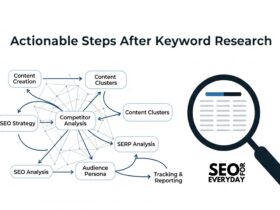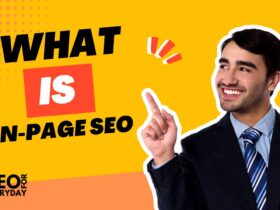Introduction to Digital Marketing
What is Digital Marketing?
Digital marketing is any marketing that happens online using digital channels like search engines, websites, social media, emails, and mobile apps. In fact, if you’ve ever seen a product ad on Facebook or Googled something and clicked on the top result, congrats — you’ve interacted with how to start digital marketing!
Why Digital Marketing Matters Today
Today, most people spend hours every day online. So, if your business isn’t present where people hang out—like Google, Facebook, Instagram, or YouTube—then chances are, you’re invisible. Fortunately, digital marketing not only puts your brand in front of the right audience but also helps companies connect, engage, and ultimately convert potential customers more effectively than ever before.
Building the Foundation
Identify Your Goals
First and foremost, before diving in, ask yourself: What do I want to achieve? Is it brand awareness, leads, sales, or traffic? Your goal will determine your strategy. For example, if your aim is lead generation, you might focus on email marketing or paid ads.
Know Your Target Audience
You can’t market to everyone. Define your ideal customer:
- What’s their age?
- Where do they live?
- What are their challenges?
- What social media do they use?
Understanding this makes your content sharper and more effective.
Understand the Buyer’s Journey
This includes:
- Awareness – The customer realizes they have a problem.
- Consideration – They look for solutions.
- Decision – They choose a provider (hopefully you!).
Core Channels of How To Start Digital Marketing
Search Engine Optimization (SEO)
SEO helps your website rank higher on Google. When done right, it brings free, long-term traffic.
On-Page SEO
Includes optimizing content, meta descriptions, headers, image alt-text, and keywords.
Off-Page SEO
Includes backlinks, social sharing, guest blogging, and more.
Social Media Marketing
It’s not just about posting selfies and memes.
Choosing the Right Platform
- Facebook: Older demographic
- Instagram: Visual products/services
- LinkedIn: B2B
- TikTok: Young audience, trending content
Content Strategy for Social Media
Plan content buckets like:
- Educational posts
- Behind-the-scenes
- Testimonials
- Product features
Content Marketing
Content is king. Good content builds trust and boosts SEO.
Types of Content
- Blog posts
- Ebooks
- Videos
- Podcasts
- Infographics
Importance of Blogging
Blogging increases visibility, positions you as an expert, and drives traffic.
Email Marketing
Still one of the highest ROI channels. Use tools like Mailchimp or ConvertKit to:
- Send newsletters
- Run drip campaigns
- Offer lead magnets
Pay-Per-Click Advertising (PPC)
Pay to appear at the top of Google or in people’s Facebook feeds. Great for instant traffic and testing.
Influencer and Affiliate Marketing
Let others promote your product for a commission or fee. This works well on Instagram, TikTok, and YouTube.
Setting Up Your Digital Marketing Presence
Build a Website or Landing Page
Your website is your digital home. Use platforms like:
- WordPress
- Wix
- Shopify (for eCommerce)
Set Up Social Media Profiles
Use consistent branding and bios. Add contact info, links, and post regularly.
Create a Content Calendar
Plan your posts. Use tools like Trello, Notion, or Buffer to stay organized.
Tools You’ll Need How To Start Digital Marketing
SEO Tools
Analytics Tools
- Google Analytics
- Hotjar
Email Automation Tools
- Mailchimp
- ConvertKit
- ActiveCampaign
Graphic Design Tools
- Canva
- Adobe Express
Creating Your First How To Start Digital Marketing Strategy
SMART Goals
Make sure your goals are:
- Specific
- Measurable
- Achievable
- Relevant
- Time-bound
Channel Selection
Don’t be everywhere. Be where your audience is.
Budget Allocation
Start small. Allocate funds for:
- Ads
- Tools
- Freelancers (if needed)
Monitoring and Optimization
Track Key Performance Indicators (KPIs)
- Website traffic
- Bounce rate
- Conversion rate
- Cost per click (CPC)
A/B Testing and Iteration
Test:
- Headlines
- CTAs
- Images
- Keep what works, ditch what doesn’t.
Common Mistakes to Avoid
Ignoring Mobile Optimization
Over 60% of users browse on mobile. A non-mobile site = lost traffic.
Focusing on Quantity Over Quality
Better to post once a week with value than daily fluff.
Not Understanding Your Metrics
Tracking likes is fun, but sales, leads, and traffic are what matter.
Learning and Growing How To Start Digital Marketing
Free Resources for Learning
- Google Digital Garage
- HubSpot Academy
- Neil Patel Blog
Courses and Certifications
- Coursera (Digital Marketing Specialization)
- Meta Blueprint
- SEMrush Academy
Conclusion For How to start Digital marketing
Starting digital marketing isn’t rocket science—but it does take time, strategy, and consistency. Whether you’re a small business owner, freelancer, or aspiring marketer, these steps will help you build a solid foundation and grow in the digital world. Remember, it’s okay to start small. Just start. Test, tweak, learn, and evolve. Digital marketing is the long game that pays off big if you stay committed.
FAQs
1. How much money do I need to start digital marketing?
You can start with $0 using organic strategies like SEO and content marketing. Paid ads can start from as little as $5/day.
2. Do I need to know coding to start digital marketing?
Nope! Most platforms are beginner-friendly and require no coding. Tools like WordPress and Canva make it easy.
3. Can I do digital marketing part-time?
Absolutely. Many freelancers and business owners run campaigns in the evenings or on weekends.
4. What’s the fastest way to get results in digital marketing?
Paid advertising (like Facebook or Google Ads) gives faster results than SEO or content marketing.
5. Is digital marketing a good career choice?
Definitely! It’s in high demand, flexible, and allows remote work with a decent income potential.







1 Comment